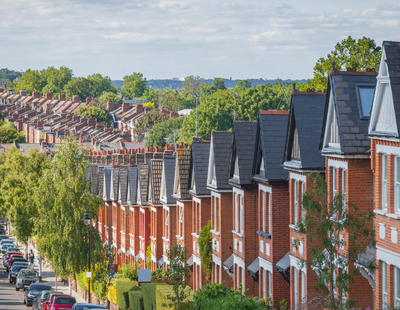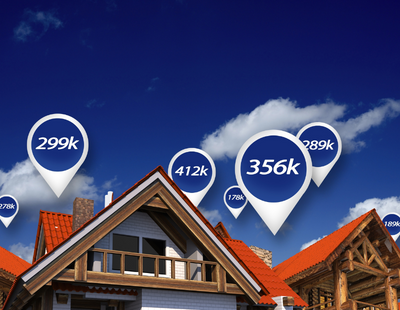
New investment in private rented housing has fallen since 2016 as some private landlords have dipped out of the sector in response to tax changes and lower yields in some regions.
That’s the view of Zoopla, which says in the past three years there has been a four per cent drop in the supply of homes coming to the market for rent.
At the same time, Zoopla has recorded an eight per cent increase in rental demand over 2019 alone - meaning, inevitably, that rents are rising.
However, while rental growth has picked up over 2019, it continues to run below the growth in average earnings, which currently tracks at 3.8 per cent according to the Office for National Statistics.
The growth in average earnings has outpaced the growth in rents for the last three years. While this has improved the headline measure of rental affordability, the affordability of renting varies widely across UK cities. At present, the average renter is spending 31.9 per cent of their annual earnings on rent – unchanged from a year ago.
Rents in London fell over 2017 and 2018 on weaker demand, but they are now increasing by 2.8 per cent annually – the highest rate for almost four years.
The available supply of homes for rent, per estate agency branch, in London has declined by 20 per cent over the last two years - a result of much lower new investment by landlords and disinvestment by others, together with renters staying longer in their home.
The drop in availability is supporting higher rental growth, but Zoopla insists that stretched rental affordability in London is limiting the level to which rents can increase when compared to other cities, where there is headroom in rental affordability to allow for higher rents.
Over the last decade, average rents have grown from £700 per month to £886 today, an increase of 27 per cent, in line with the 26 per cent growth in average earnings over the same period.
“A lack of supply and real wage growth is behind the increase in average rents across the country over 2019. New investment by landlords has fallen since the introduction of tax changes in 2016 and this has been felt most keenly in southern England where property values are highest and yields lowest. This is creating scarcity and explains why rents are rising in the face of increased rental demand as levels of employment continue to grow” according to Richard Donnell, research and insight director at Zoopla.
“The scope for landlords to increase rents is greater when earnings are rising faster than rents and this has been the case for the last three years. The positive news for renters is that the growth in rents is running below the growth in average earnings.
“We expect the acceleration in rental growth to moderate over the first half of 2019, which is typically a period of slower rental market activity. We expect rents to increase by 3.5 per cent over 2020 as a lack of supply supports faster growth.
“With further policy changes expected from the government to provide more security of tenure for renters we expect the supply of rented homes to remain constrained, which will support rental growth over 2020. With robust earnings growth, the impact on rental affordability will be muted.”














%20-%20IMAGE%20Client%20Accounting%20%E2%80%93%20what%20are%20your%20options.jpg)





Join the conversation
Be the first to comment (please use the comment box below)
Please login to comment